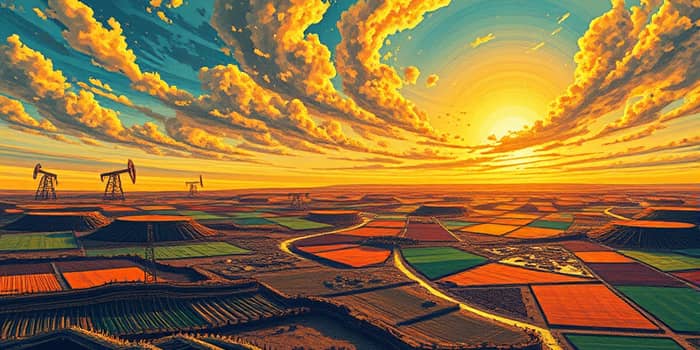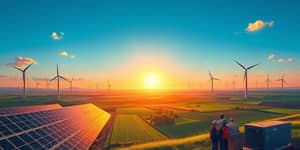
In 2025, the world’s focus has swung back to commodities with renewed intensity. After years of supply shocks, policy shifts, and financialization, these raw materials are once again shaping markets, portfolios, and geopolitics. Investors, policymakers, and industry leaders must navigate a landscape defined by risk and opportunity.
Following a volatile few years marked by inflationary surges and global disruptions, commodity prices are projected to decline overall in 2025. The World Bank forecasts a 17% drop in energy prices this year, followed by a further 6% fall in 2026. Metals and minerals, after rising 2.5% in 2024, are expected to ease slightly in 2025–26, while agricultural commodities may decline by 1% this year and 3% in 2026.
Early 2025 saw a brief uptick—prices rose 2%—before plunging nearly 6% in April. Energy fell 8%, metals 7%, and agriculture 1%, with fertilizers and precious metals the exceptions. These swings reflect concerns over global growth, trade tensions, and shifting monetary policy.
The resurgence of commodities is underpinned by several powerful trends. Inflation remains a dominant theme, policy environments are shifting, and currency dynamics are in flux. Together, these factors are elevating raw materials as both risks and hedges.
Each commodity sector is experiencing distinct dynamics in 2025. Energy markets adjust to policy shifts, metals support the energy transition, agriculture battles yield volatility, and biofuels drive convergence between energy and softs.
Global trade patterns are shifting as producers and consumers seek stability and financing solutions. Emerging markets face both challenges and opportunities in navigating capital constraints and demand growth.
Commodities have re-emerged as a mainstream asset class, driven by their role as both an inflation hedge and a portfolio diversifier. After the Bloomberg Commodity Index surged 16% in 2022, interest has remained robust despite moderated gains.
Innovative financing models, such as early payment programs and collaborative working capital structures, are evolving to meet liquidity needs, especially for producers in emerging markets facing price and yield volatility.
Digitalization and market innovation are transforming commodities trading. Metals and mining sectors are adopting electronic platforms to replace paper-heavy processes, reducing friction and enhancing transparency. Simultaneously, biofuel demand is forging links between agricultural and energy markets, leading to novel supply chain models.
Equity investment patterns have shifted too. Global soft commodity players are investing directly in local ventures, even in higher-risk destinations, to secure supply and foster sustainability.
Geopolitical tensions and policy unpredictability continue to create spikes and troughs in prices. Sanctions on oil exporters, trade disputes, and regulatory shifts can trigger sudden market moves. Meanwhile, supply chain resilience remains a priority after the pandemic and recent conflicts.
Stakeholders are investing in infrastructure upgrades, diversification strategies, and strategic stockpiles to mitigate disruptions and ensure continuity of critical raw materials.
Climate and ESG imperatives are reshaping commodity markets. The surge in demand for critical minerals used in batteries and renewables is driving new investment and trade flows. At the same time, environmental regulations and decarbonization goals introduce complexities in mining operations and supply chains.
Policy support for the energy transition is a double-edged sword, boosting demand for green metals while pressuring traditional energy producers to adapt.
Looking ahead, the commodities outlook is mixed. Prices are expected to soften on average, but volatility will persist as economic, policy, and geopolitical variables play out.
Commodities have reclaimed their position at the heart of economic and financial discourse in 2025. From soaring energy demands to the quest for critical minerals and the drive for sustainability, these raw materials are central to the world’s transition and growth narratives.
For investors and policymakers alike, understanding the interplay of price trends, policy shifts, digital innovation, and geopolitical risk is essential. By viewing commodities as both a hedge against uncertainty and a driver of strategic opportunity, stakeholders can navigate the evolving landscape with confidence and foresight.
References













